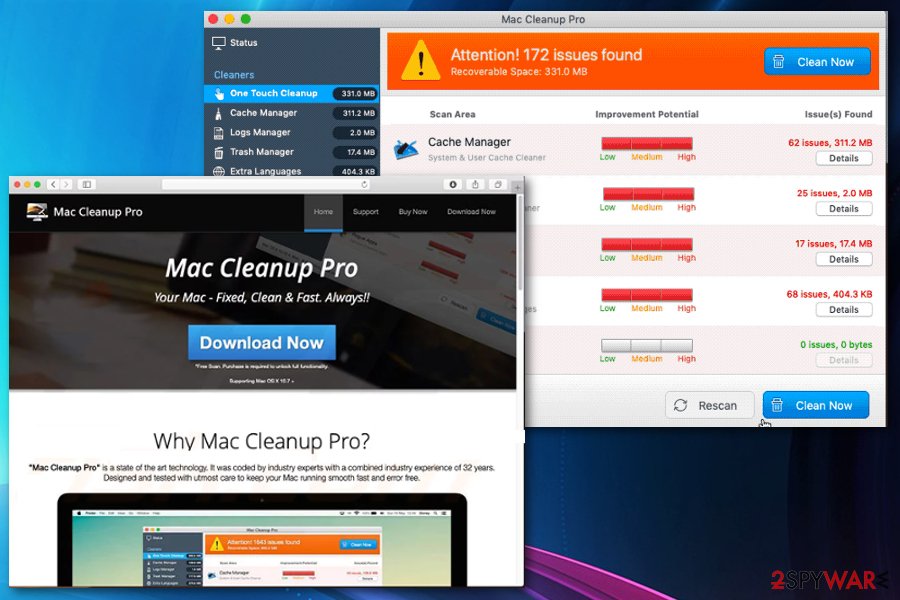

- #SEARCH PRIVACY PRO REMOVE INSTALL#
- #SEARCH PRIVACY PRO REMOVE PASSWORD#
- #SEARCH PRIVACY PRO REMOVE PLUS#
Read more: Microsoft Edge Privacy Settings to Change Right Away Firefox browser privacy settings to changeįirefox's default privacy settings are more protective than those of Chrome and Edge, and the browser has more privacy options under the hood, too.įrom inside Firefox's main menu - or from inside the three-lined menu on the right side of the toolbar - select Settings. If you want to prevent that from happening, you can go to Privacy, search, and services from the Settings menu and disable Help improve Microsoft products by sending optional diagnostic data about how you use the browser, websites you visit, and crash reports. Even the Basic setting will still block trackers used for crypto mining and fingerprinting.ĭepending on your settings, Edge may send your browsing history and diagnostic data to Microsoft.


Likewise, Edge's Strict setting may interfere with how some sites behave, but will block the greatest number of trackers. By default, Edge uses the Balanced setting, which blocks trackers from sites you haven't visited while still being lenient enough to save most sites from some of the loading problems that may come with tighter security. You'll be offered three settings to choose from: Basic, Balanced and Strict. From the menu that then appears on the left, select Privacy and services. Within Edge, select the three-dot menu icon in the top-right corner and select Settings. Microsoft's Edge browser includes some simplified privacy and tracker-blocking options on its Tracker prevention screen. Read more: Safari Joins Browsers That Tell You Who's Trying to Track You Edge browser privacy settings to change
#SEARCH PRIVACY PRO REMOVE INSTALL#
If you're still looking for another layer of privacy, you can also install helpful extensions from the App Store like AdBlock Plus or Ghostery Lite for Safari.

#SEARCH PRIVACY PRO REMOVE PLUS#
And if you have an iCloud Plus account, you can use Private Relay to hide your IP address from trackers as well as websites. You can also enable the Hide IP address from trackers function from the Privacy menu to keep your IP address hidden from known online trackers. To do so, check the box beside Block all cookies. Click Remove next to any of the individual trackers you're ready to get rid of, or just nuke the whole list by clicking Remove All at the bottom of your screen.Ĭookies can be helpful, not just invasive, but for stronger privacy you can block them altogether - both first-party cookies from the website publisher and third-party cookies from others like advertisers. Click Manage Website Data to see which sites have left their trackers and cookies hanging out in your browser. While you're there, you can also manually delete your cookies. The box beside Prevent cross-site tracking should be checked. To check that blocking is on, open Safari and click Preferences, then Privacy. This is also a great place to see the overwhelming amount of personal data other apps may have access to. Every time you select an item and see Chrome among the list of apps appearing in the right-side pane, click Chrome to highlight it and then click the minus-sign icon beneath the pane on the right side to remove Chrome from the list. Then go through each of the items one at a time on the left-side pane. In this window, click the lock icon in the bottom to begin making changes. Then, you can select System Preference under your Apple menu, followed by Security & Privacy. If you're a MacOS user, you can restrain some of that data-grabbing by doing two things.
#SEARCH PRIVACY PRO REMOVE PASSWORD#
Instead, choose a password manager like Bitwarden and install its extension in Chrome.Ĭhrome is also a browser that can access data about what you do outside of it. If you're looking to maintain the convenience of logging into familiar sites, you shouldn't let Chrome keep your passwords.


 0 kommentar(er)
0 kommentar(er)
